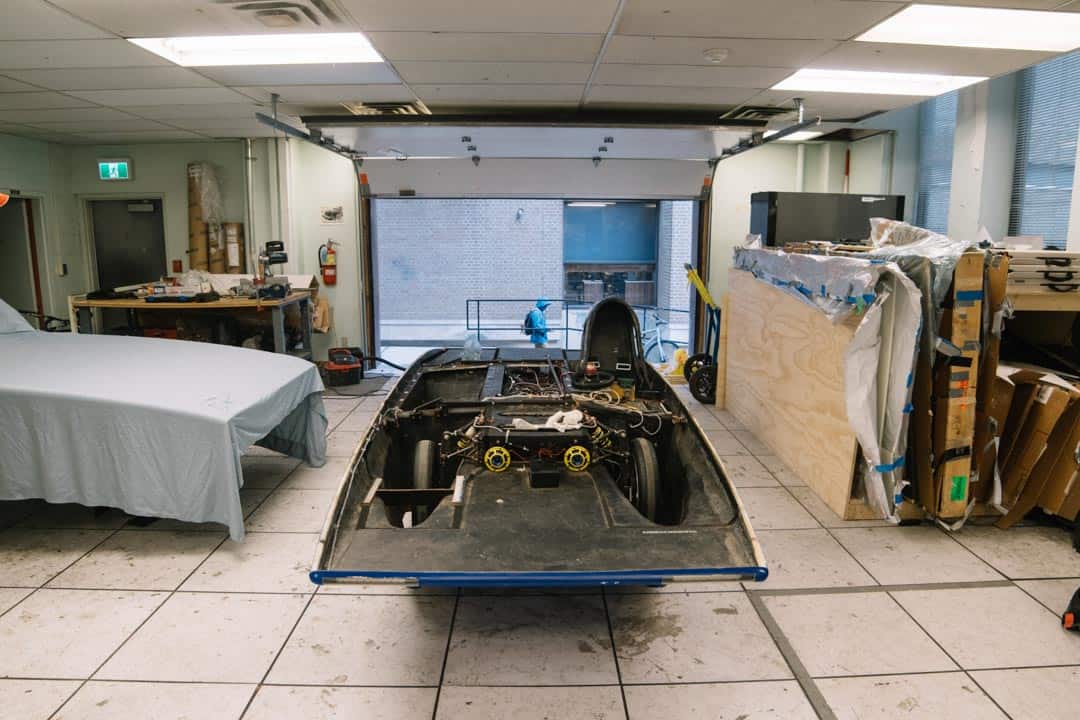Blue Sky Solar Racing has quickly established itself as one of U of T’s leading design teams. Invested in the design, construction, and racing of solar-powered cars, the club is an incubator for innovation. It has attracted more than 100 members and finished 11th out of 35 teams at the Bridgestone World Solar Challenge in October 2017 with its Polaris car.
The Varsity had a chance to speak with Hubaab Hussain, Managing Director at Blue Sky, about how the team goes from the blueprint to a fully functional, solar-powered car. “Our club takes pride in the ability to not only design, but also build the car by ourselves. We see through the entire build of the car from it’s conceptual design to the time it is on wheels,” said Hussain.
An insider’s look into operations and funding
The club’s annual routine can be segmented into six phases: the learning period, conceptual design, detailed design, building, testing, and racing.
Prior to the construction period, club members identify the particular design and features of the car they hope to build. From there, the team routinely meets every week to review potential ideas for a car design that follows this initial guideline.
According to Hussain, all members are invited to critically evaluate the ongoing design proposals for feasibility and whether one excels in key measures like solar collector performance or total mass. The materials required to build the car, often metal and carbon fibre, are acquired from external vendors.
Hussain explained that assembling the parts to form a fully functional solar-powered vehicle is time-consuming: initial assembly commences in September and extends to the next academic year, with completion expected in June.
Once the car is complete, it is tested extensively in open spaces such as race tracks, air strips, and private lots. Because safety is critically important to the club, there is an active board of certified engineers who examine the car before it’s tested.
Despite extensive planning, the club still faces setbacks. “The most challenging component is sticking to a timeline. A majority of our team members are full time engineering students. During the semester many of the leaders of the team spend a considerable amount of time on this project while managing school as well,” explained Hussain.
In recognition of the club’s continuous accomplishments, Blue Sky Solar Racing receives significant financial support from the Faculty of Applied Science & Engineering and from numerous student bodies and external sponsors. Summed up, the club receives over $300,000 to for the designing and manufacturing of its cars.
Outlook and opportunities
The club’s underlying value of giving students the opportunity to apply their skills outside the classroom is what has driven the team to succeed.
Blue Sky Solar Racing is always on the lookout for exceptional students, irrespective of their stream, to join the engineering, financial, business, IT, or media teams. For interested students, Hussain said to email him or keep an eye out for volunteer opportunities on the Career Learning Network.
“The experience team members get at Blue Sky is incomparable to what they can get elsewhere” said Hussain.


